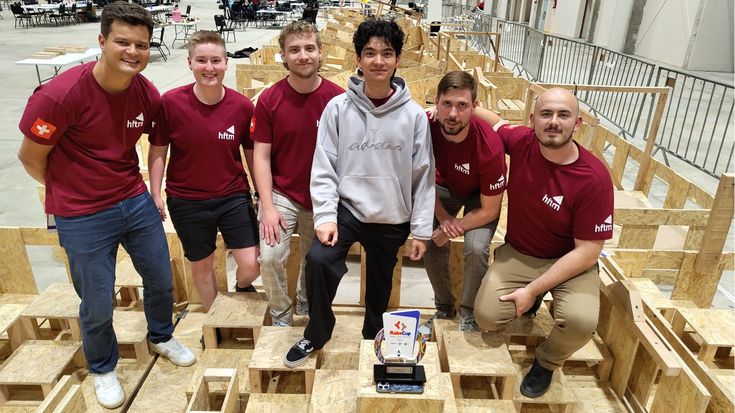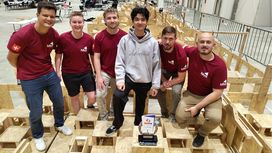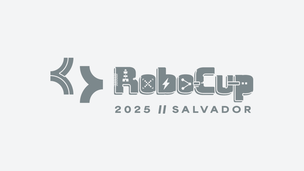At the 2025 Robocup Finals in Salvador, Brazil, Team Solidus: Melis Geis, Ardit Ibrahimi, Mike Andrée, Kevin Krall, Luc Marti, and Sven Imhof of Höhere Fachschule Technik Mittelland (HFTM) in Switzerland earned an outstanding second-place finish at the prestigious RoboCup Rescue Competition—a global challenge that pushes the boundaries of robotics innovation in disaster response.
Team Solidus Places 2nd in the 2025 RoboCup Rescue

What is the RoboCup Rescue Competition?
The RoboCup Rescue Competition challenges student teams to design, program, and demonstrate advanced robotic systems capable of remote operation in simulated emergency environments. The competition emphasizes innovation in mobility, perception, mapping, manipulation, and operator interfaces—all with the goal of improving real-world disaster response capabilities.
How Team Solidus Prepared
After placing fourth in their debut last year, Team Solidus returned with renewed focus and a clear plan for improvement. Building on their 2024 experience, the team focused on:
- Reducing the overall platform weight by replacing aluminum components with carbon-composite, which enabled adjustment of the center of gravity depending on the arms extension led by lead mechanical engineer, Ardit Ibrahimi.
- Reducing the number of cameras used on the design from 9 to just 3, one of which was connected to head-tracking goggles which provided lead operator, Kevin Krall, with improved situational awareness.
- Improved 3D mapping capabilities led by mapping lead, Mike Andrée.
- Team leader and software lead, Melis Geis, helped direct key software improvements and to set the optimal scoring strategy, allowing the system to score highly without putting it under excessive stress. Melis also led significant developments on autonomous arm capabilities using the UR5 robot, which will continue to be developed in future years.
Their iterative approach paid off, elevating them to second place in 2025.
Inside the Robot Design
Team Solidus’s robot featured a rugged Mars rocker body system—inspired by NASA’s Mars rovers—equipped with four independently motorized wheels for superior terrain handling. The system included:
- Dual LIDAR sensors (front and back) for real-time mapping
- A UR5 CB3 robotic arm integrated via ROS 2 Driver for precise manipulation
- A Walksnail gimbal system paired with head-tracking goggles, allowing intuitive camera control through head movements
This combination of hardware and software gave the team a competitive edge in both navigation and task execution.
Overcoming Challenges
Just before the first round of the competition began, the team identified and resolved some electrical challenges, just in time for the event. They also tackled last-minute software bugs, demonstrating resilience and technical agility under pressure.
Lessons Learned
Team Solidus walked away with more than a trophy. They gained valuable insights into the importance of system reliability—choosing trusted components and partners like UR proved essential. The competition also fostered global collaboration, offering a platform to exchange ideas and approaches with teams from around the world.
Thanks
... to the competition sponsors, organizers, and collaborators

- Universal Robots USA, Inc
- 27175 Haggerty Road, Suite 160
- 48377 Novi, MI



